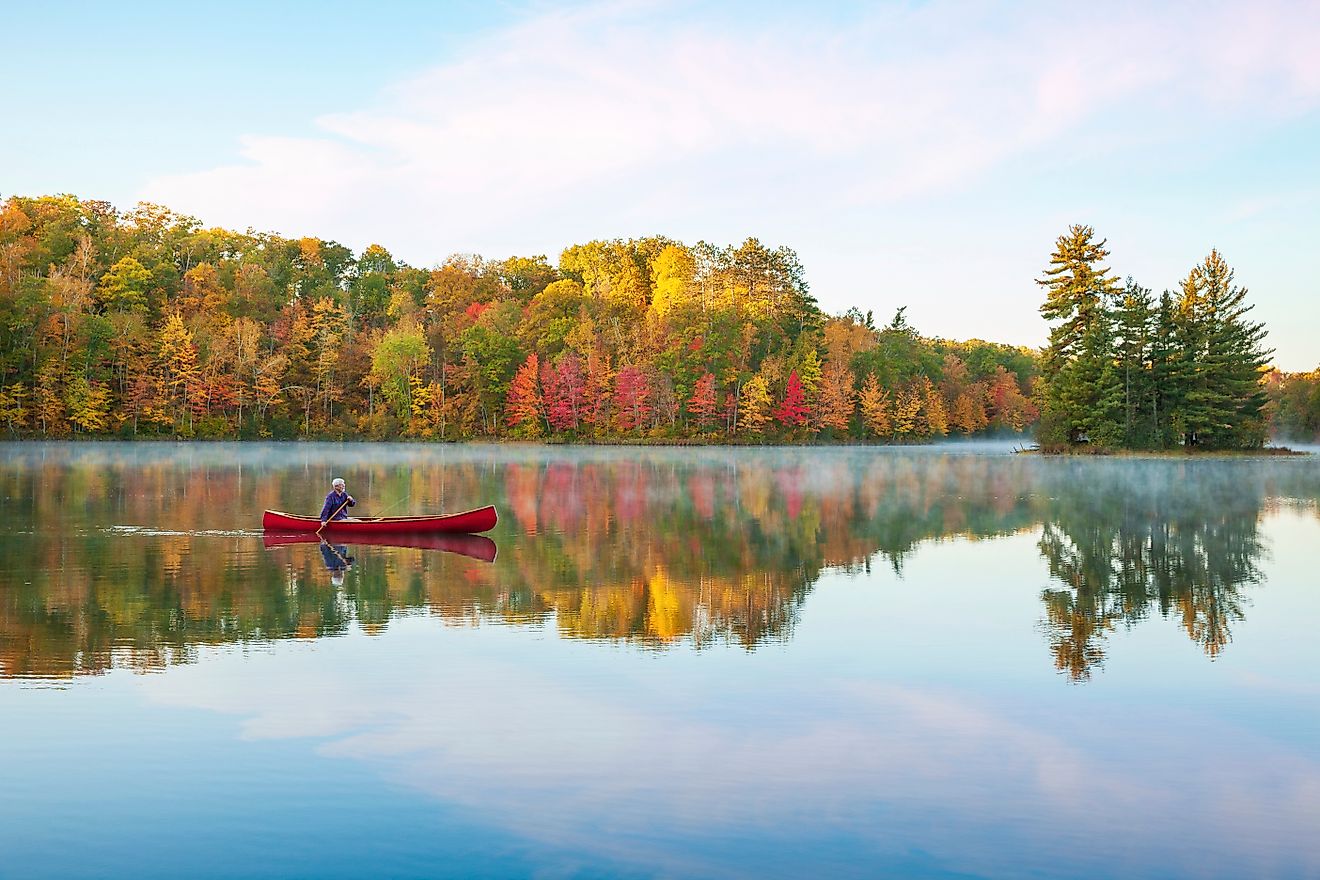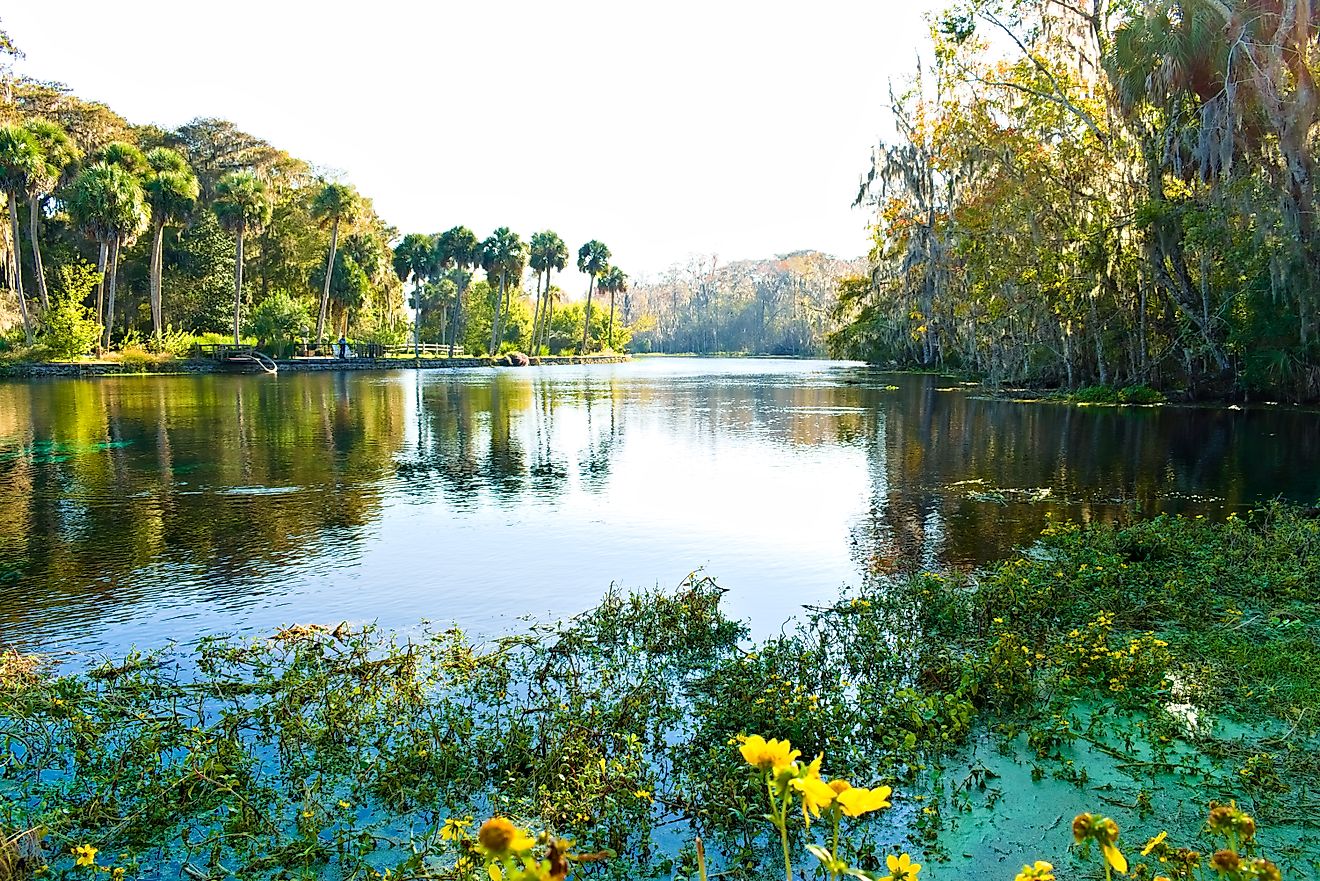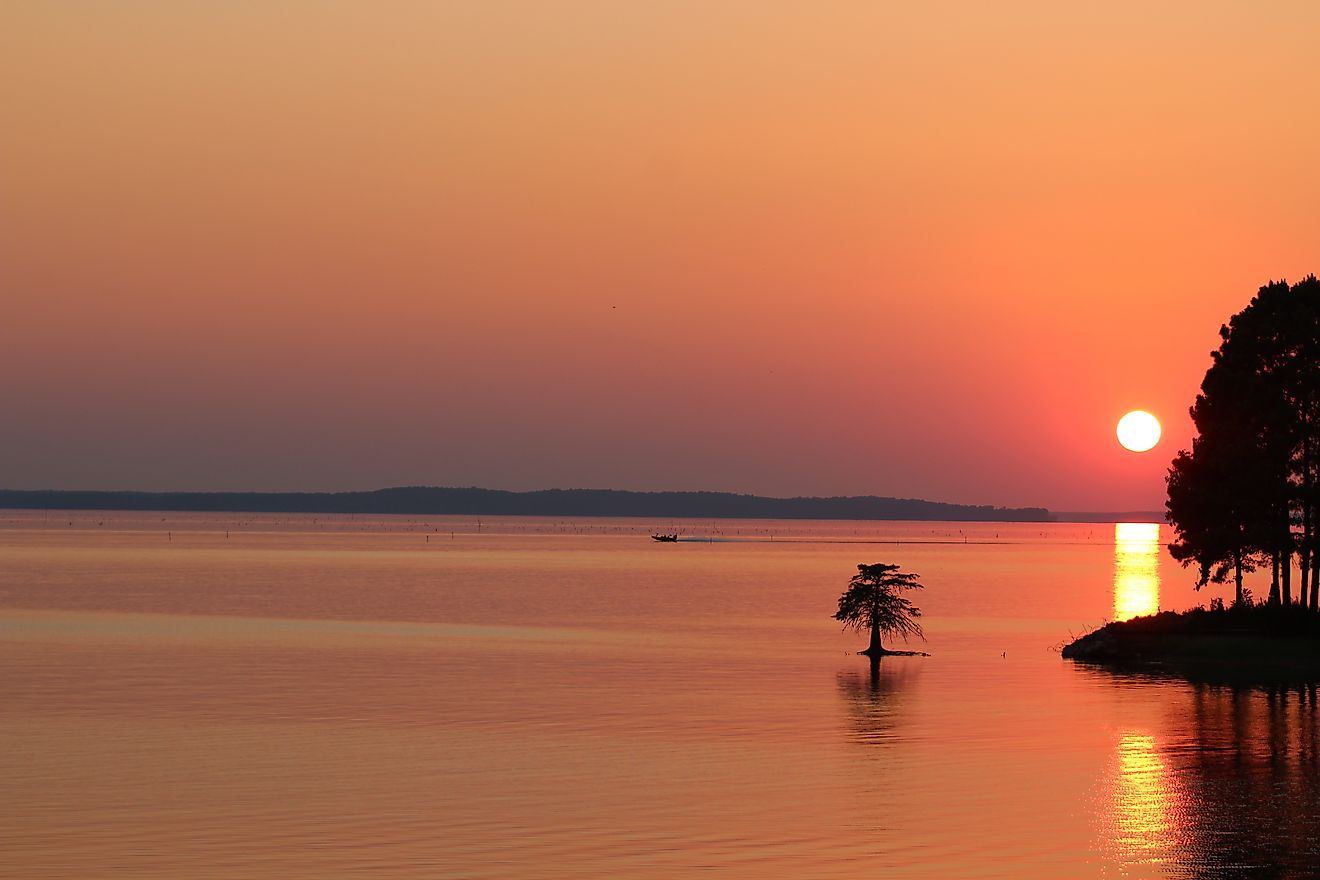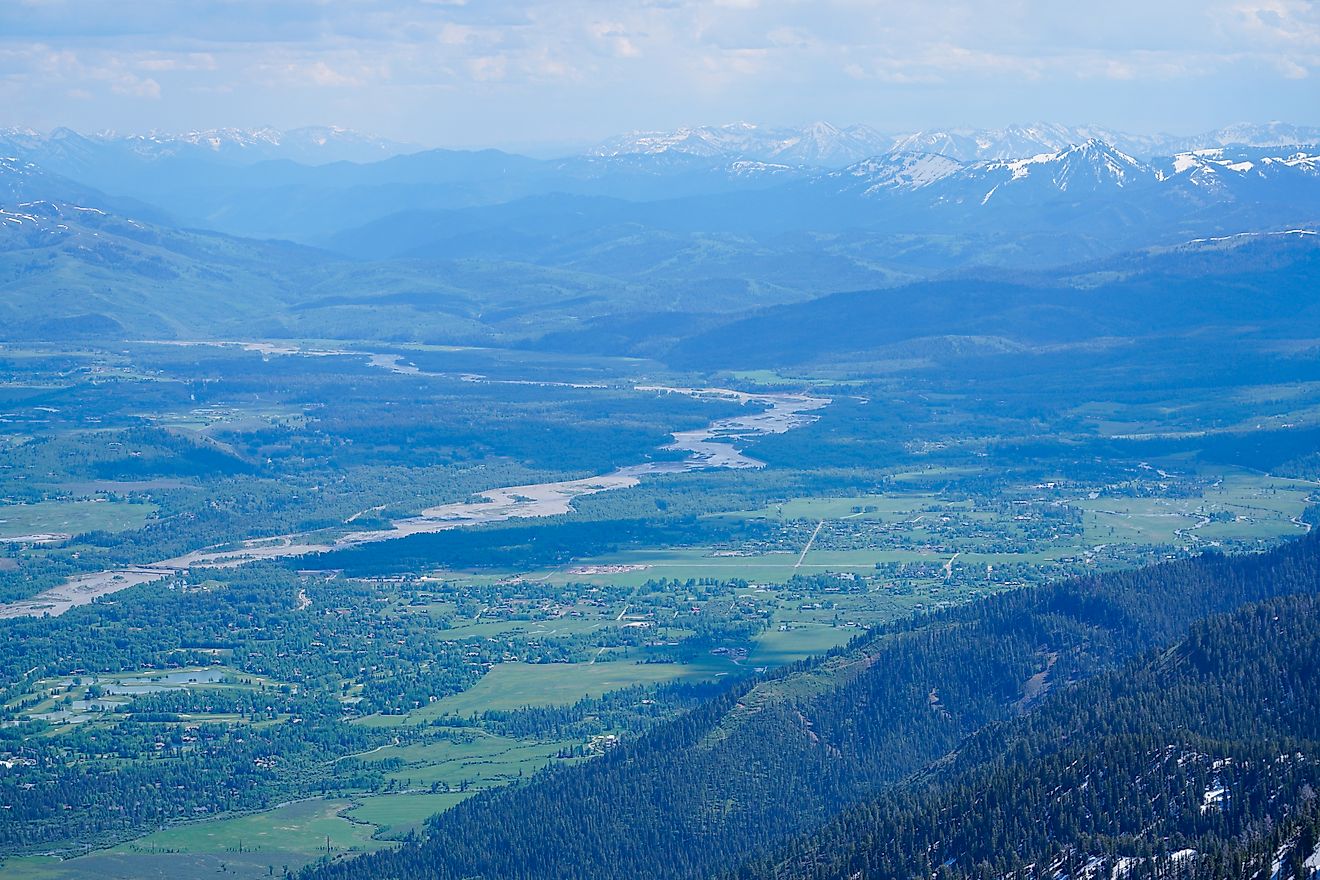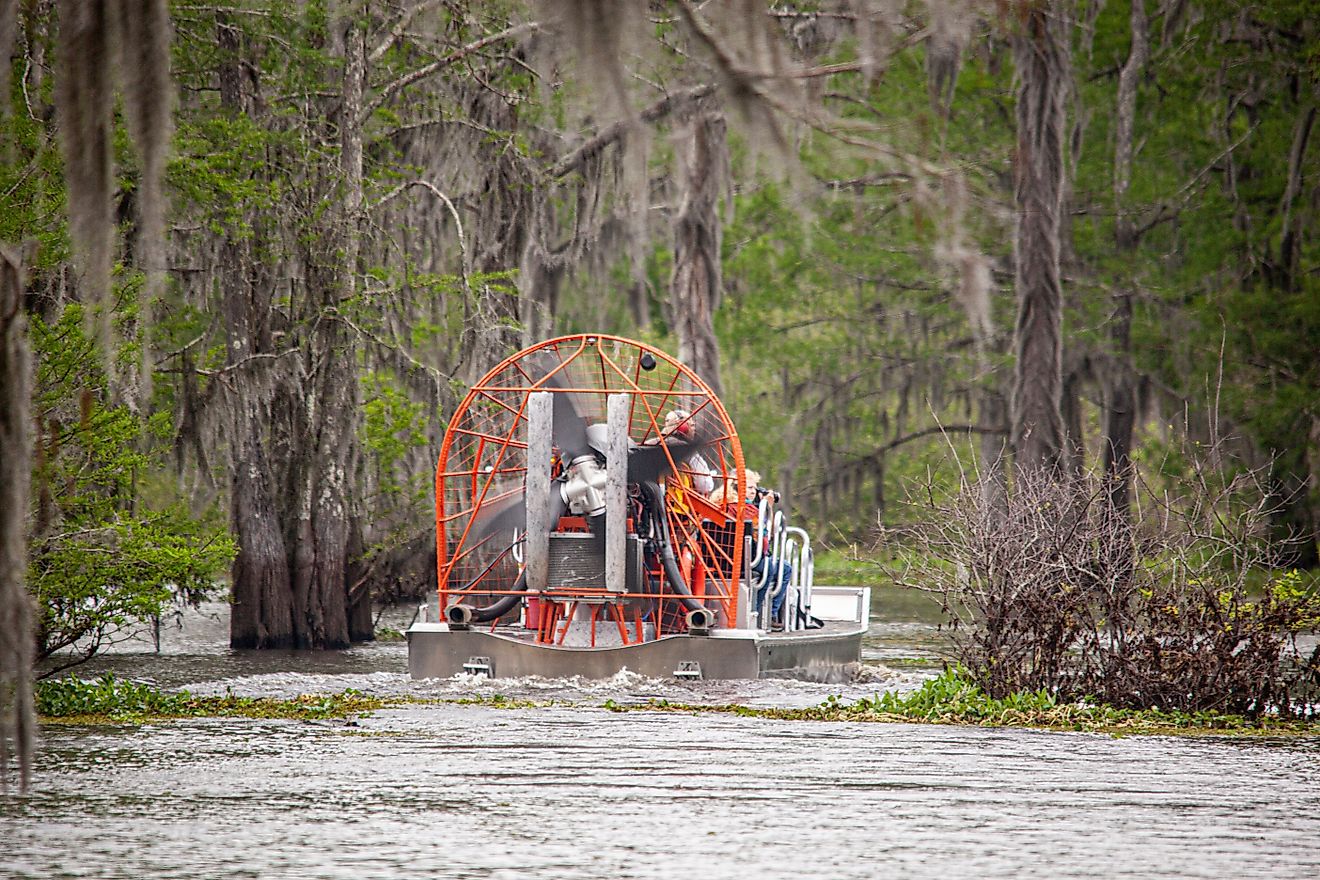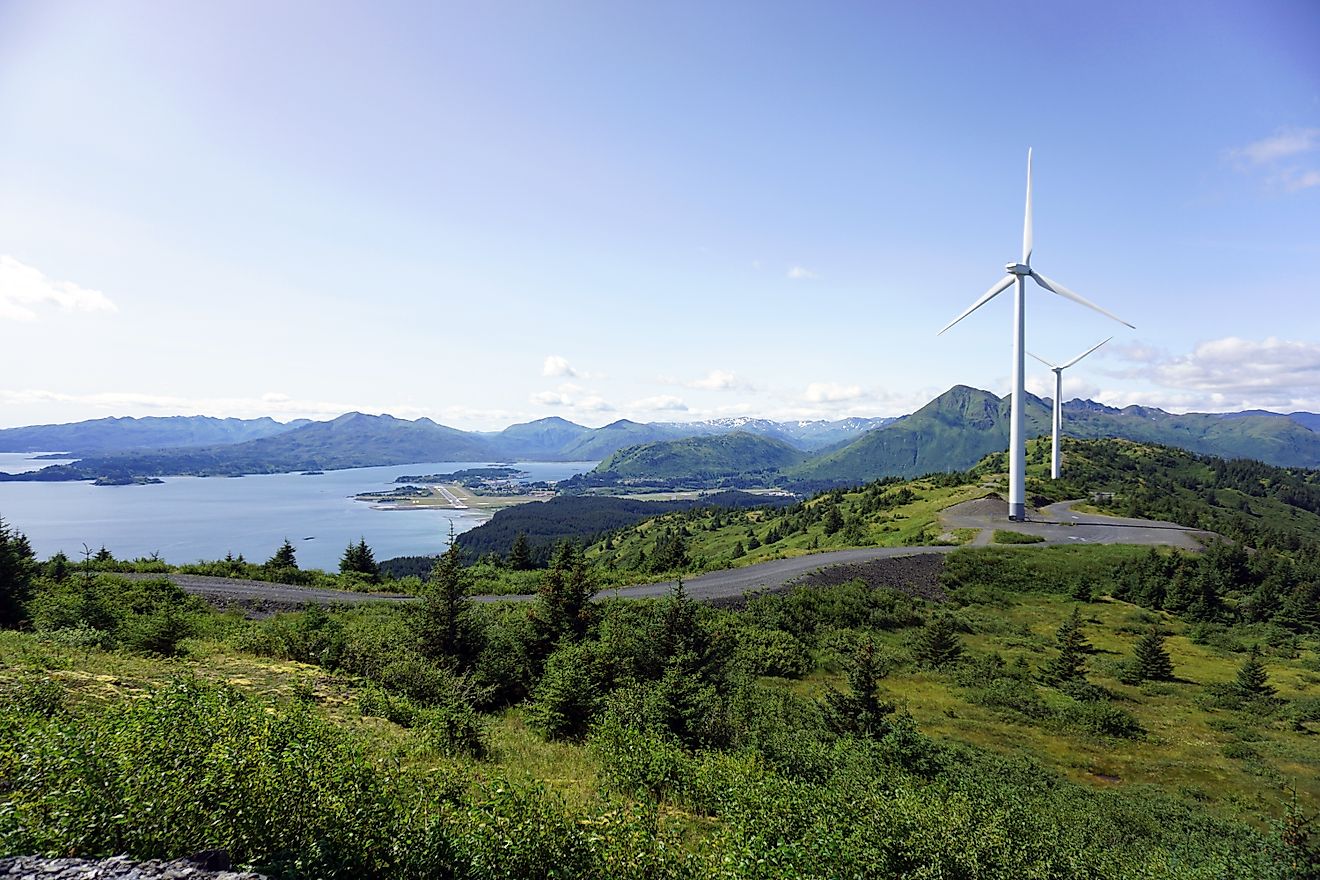
America's Largest Underground Lake
Tucked away in the rolling hills of eastern Tennessee is a hidden gem that fascinates both adventurers and nature lovers: the Lost Sea, the largest underground lake in America. This stunning natural wonder is part of the expansive Craighead Caverns system, revealing a mysterious underground world. Discovered in the early 1900s, the Lost Sea is famous for its enormous size and crystal-clear waters, which beautifully reflect the intricate stalactites and stalagmites on the cavern ceiling.
Its formation, which dates back thousands of years, highlights the impressive geological processes that shaped the area. Visitors to the Lost Sea can enjoy a unique boating experience on its calm waters while also exploring the cave's historical importance and its role as a habitat for rare, blind fish. Join us as we dive into this extraordinary underground lake and uncover its secrets.
The Birth of a Subterranean Sea

A cave with stalactites and underground lake.
The story of America’s largest underground lake is fascinating and spans millions of years. It all started in the late Paleozoic era when a vast sea covered the area. Over time, sedimentary processes led to the buildup of limestone, which became vulnerable to erosion. When rainwater, slightly acidic from dissolved carbon dioxide, seeped into the ground, it began to dissolve the limestone.
This gradual process carved out large caverns and passageways underground, eventually creating a huge underground lake. The result is a beautiful hydrological wonder, where clear waters reflect the intricate patterns of the cavern walls, and the play of light and shadow creates a unique atmosphere. Today, this underground sea stands as a testament to nature's incredible forces, attracting explorers keen to uncover its secrets and appreciate its stunning beauty.
Discovery
The discovery of America’s largest underground lake reads like an adventure story. In the early 19th century, a group of brave explorers, attracted by stories of hidden treasures and natural wonders, set out on a daring journey into the limestone caves of Tennessee. Equipped with torches and limited knowledge of the underground, they navigated narrow passages and large caverns, driven by curiosity about what lay beneath.
Their hard work paid off when they discovered the vast, shimmering lake for the first time, a stunning sight that left them in awe. This unexpected find changed how people viewed underground ecosystems, sparking scientific interest and attracting explorers from far and wide. Over the years, as more adventurers explored the cave, the lake became a popular destination, securing its place in both history and natural beauty.
A Unique Ecosystem

Mexican tetra (Astyanax mexicanus), also known as the blind cave fish. Wild life animal.
Beneath Tennessee's familiar landscapes, the Lost Sea harbors a remarkable and unique ecosystem thriving in complete darkness. This hidden world is illuminated by bioluminescent organisms, casting an ethereal glow across the water's surface. Here, rare fish species and blind cavefish navigate the maze-like depths with remarkable adaptations, while translucent albino crayfish blend seamlessly into their surroundings. The cave’s stable microclimate, with consistent temperature and humidity, supports a diverse array of microorganisms, fungi, and insects, each playing a crucial role in maintaining the delicate balance of this subterranean habitat.
The organisms in the Lost Sea rely on chemosynthesis, where bacteria convert inorganic compounds into energy, highlighting nature's resilience and ingenuity in the absence of sunlight. Each visit to this underground marvel unveils new discoveries, underscoring the interconnectedness of life and the importance of conserving such extraordinary ecosystems. The ongoing exploration and study of the Lost Sea reveal not only new species but also profound insights into how life can flourish in the most unexpected places, reinforcing the need to protect these hidden wonders beneath our feet.
Preservation Efforts
Preserving the underground lake and its unique ecosystem is a priority for both environmentalists and scientists. Acknowledging the delicate nature of this habitat, various initiatives have been started to protect it from human activities. Conservation programs aim to reduce disturbances from tourism by carefully regulating visitor access to prevent littering and pollution. Research teams regularly monitor water quality and biodiversity, gathering important data to assess the ecosystem's health.
Public awareness campaigns also educate visitors on the importance of protecting this natural wonder. Efforts to restore and maintain the natural habitats around the lake are crucial for supporting the species that rely on it. Through collaboration among government agencies, non-profits, and local communities, these initiatives work toward a sustainable future for the underground lake and its remarkable inhabitants, ensuring this hidden treasure is preserved for generations to come.
Tourism and Recreation
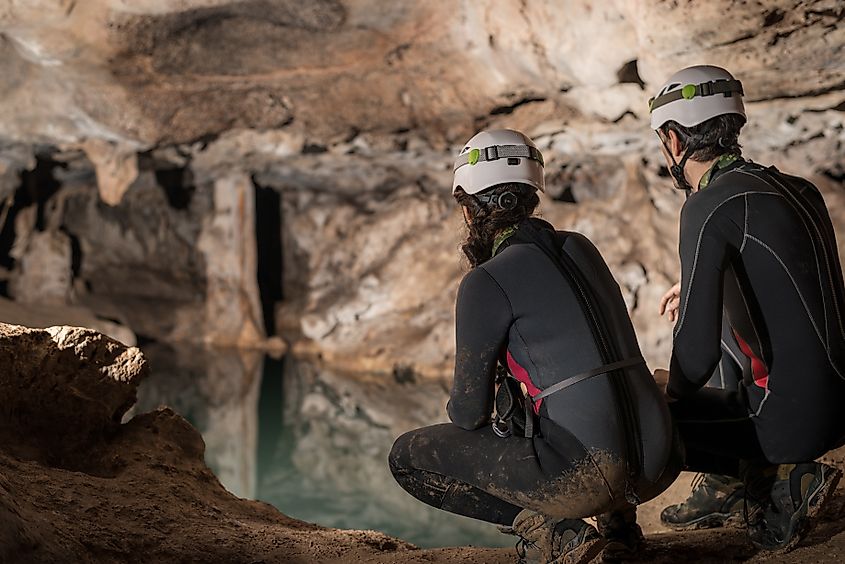
The underground lake has become a popular spot for eco-tourism, drawing in visitors who want to explore its mysterious depths and unique ecosystem. Guided tours provide an educational experience, highlighting the delicate balance of life in the cave while following strict conservation guidelines. You can see fascinating cave-dwelling species like the Southern Cavefish and albino crayfish and learn to interact responsibly with the environment.
Recreational activities are designed to minimize impact, including photography and nature walks that allow you to enjoy the landscape without disturbing it. Local communities benefit economically from this tourism, but there is still a strong emphasis on preserving the lake's natural beauty and ecosystems. This balance of tourism and conservation aims to ensure that both nature and visitors can thrive, fostering a greater appreciation for one of Earth’s hidden wonders.
A Journey Beneath the Surface
The underground lake showcases the beauty and complexity of our planet’s hidden wonders. Its unique ecosystem offers a glimpse into how cave-dwelling species adapt and emphasizes the need for conservation amid environmental challenges. Responsible eco-tourism allows you to experience this underground marvel while supporting local economies and conservation efforts. By planning thoughtful visits, we can protect this delicate environment for future generations to enjoy. The lake is not just a destination; it’s an opportunity to reconnect with nature and take on the responsibility of preserving these extraordinary habitats. If you’re paddling its calm waters or hiking nearby trails, the underground lake creates lasting memories and inspires everyone who explores its depths to care for the natural world.
